After installing new wood flooring, homeowners often wonder what to do with the leftover planks and scraps. By repurposing your wood flooring scraps, you can reduce waste, discover inventive ways to improve your home, and sharpen your DIY skills while you’re at it.
Below, we’ve included 10 practical and creative ways to repurpose your unused flooring.
1. Wood Plank Wainscoting
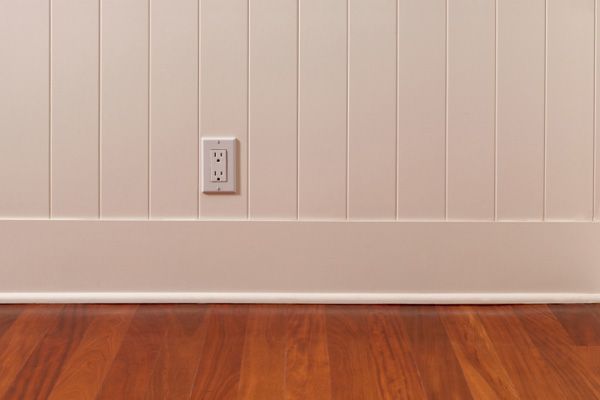
Wainscoting is a classic wall treatment that adds character to any room. Using wood flooring scraps for this purpose is an excellent way to create a cohesive look throughout your home.
To install wainscoting using flooring scraps, follow these steps:
- Remove the base molding from the wall.
- Cut tongue-and-groove planks to the desired length vertically.
- Apply construction adhesive to the back of each plank.
- Attach the planks to the wall, ensuring they are level and properly aligned.
- Secure each plank by toenailing the tongue at the top and bottom.
- Reinstall the base trim to complete the look.
2. Sheltered Entry Wooden Doormat
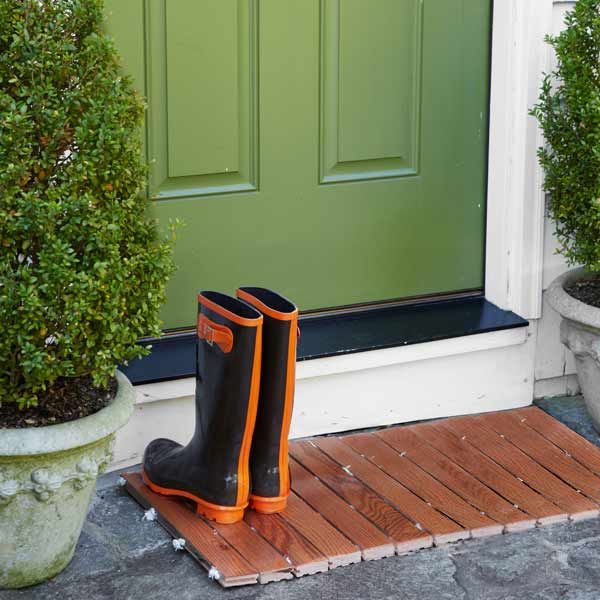
Create a distinctive and durable doormat using wood flooring scraps. This project is perfect for sheltered areas like covered porches or entryways. Here’s how to make your wooden doormat:
- Cut flooring planks to 18-inch lengths.
- Drill four evenly spaced 1/4-inch holes through the side of each plank.
- Thread rope through the holes, tying a half hitch between each board and at the ends.
- Adjust the spacing between planks as desired.
- Seal the wood to protect it from moisture and foot traffic.
This custom doormat also serves as a highly effective scraper. It allows you to remove mud and debris from your shoes before heading inside. If you’ve waterproofed it, cleaning it is as simple as spraying it down with a garden hose.
3. Wooden T-Square
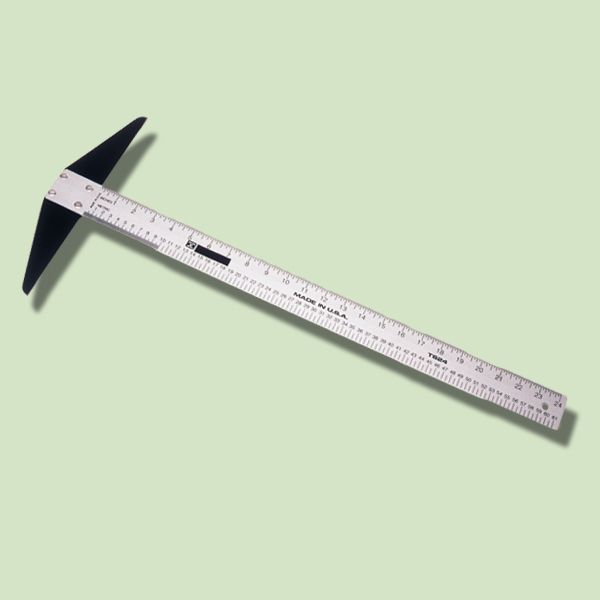
A T-square is an important tool for many DIY projects, especially when you’re working with wood and textiles. Create your T-square in just a few minutes by following these steps:
- Select a longer piece for the body and a shorter piece for the head of the T-square.
- Position the shorter piece perpendicular to the top of the longer length.
- Mark the positions for holes on both pieces.
- Drill holes through the marks in both pieces.
- Fasten the two pieces together using nuts and bolts.
Use your homemade T-square to draw accurate outlines on sheet goods and as a cutting guide.
4. Custom Cabinet Doors
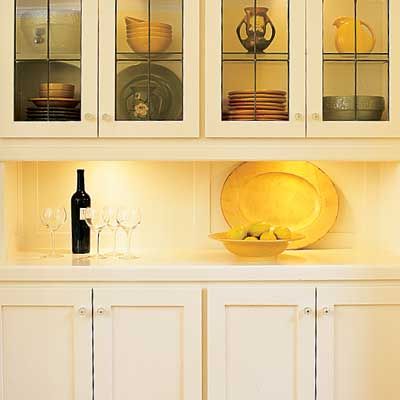
Transform your wood flooring scraps into custom cabinet doors. This project gives you a one-of-a-kind look for your bathroom or kitchen cabinetry.
Follow these steps to craft a cabinet door:
- Select unfinished planks for the stiles and rails.
- Cut off the tongues from the selected planks.
- Choose plywood or glass for the panel insert.
- Arrange the boards with the groove side facing inward to capture the panel.
- Secure the frame with wood glue and screws.
- Sand and finish the door to match your existing cabinetry.
5. French Cleat
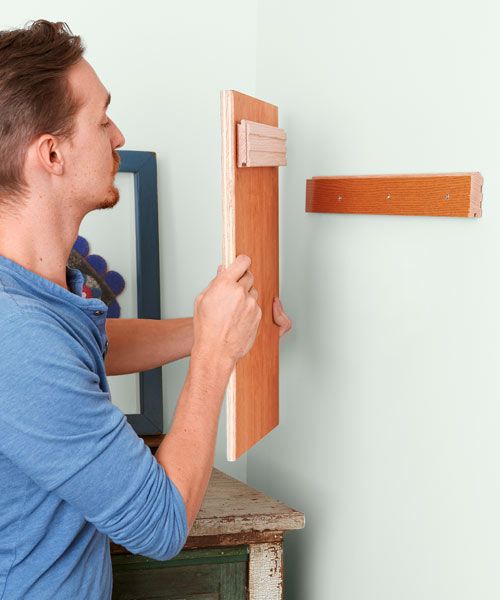
A French cleat is a simple and effective way to hang heavy objects securely on your walls. Here’s how to create a cleat using wood flooring scraps:
- Cut two pieces of flooring to a length slightly shorter than the width of the object you want to hang.
- For the wall piece, screw one length to the wall with the tongue side up, ensuring it’s level and secured to at least two studs.
- For the object piece, attach the other length to the back of the object with the groove side down.
- To hang, simply lower the object onto the wall piece, allowing the groove to rest securely on the tongue.
This method is a reliable way to hang heavy mirrors, cabinets, or artwork while repurposing your flooring scraps.
6. Wallpaper Smoothing Tool
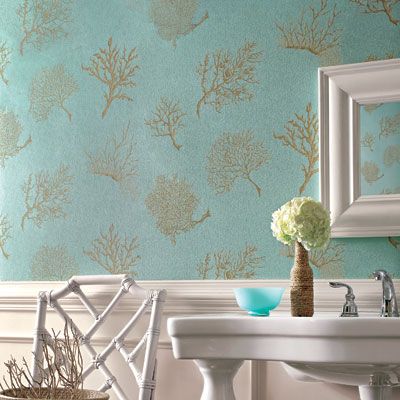
Wood flooring scraps can be surprisingly useful when hanging wallpaper. A flooring plank’s smooth, flat edge makes it an excellent tool for removing air bubbles and making sure the wallpaper sticks.
Here’s how to use a flooring scrap to smooth wallpaper:
- After applying wallpaper to the wall, take a clean piece of flooring with the tongue intact.
- Starting from the center of the wallpaper strip, run the tongue of the plank across the paper.
- Apply firm, even pressure as you work from the center toward the edges.
- Use smooth, continuous motions to push out any air bubbles trapped beneath the paper.
- Pay extra attention to seams and corners where bubbles are more likely to form.
7. Wood Ceiling Cover

Transform your ceiling with a wood plank treatment using lightweight hardwood or engineered wood flooring scraps. The natural wood texture brings a cozy ambiance and visual depth that enhances the room’s overall aesthetic.
Follow our steps to cover your ceiling:
- Clean and prepare the ceiling surface.
- Locate and mark the ceiling joists.
- Apply construction adhesive to the back of each plank.
- Install the planks perpendicular to the ceiling joists.
- Secure each plank by nailing the tongue to a joist.
- Continue installing planks, double-checking for tight seams between each piece.
8. Wooden Photo Frame
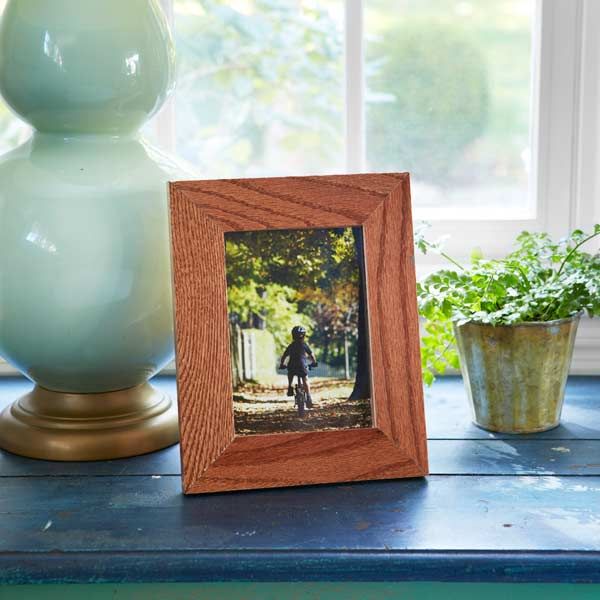
Create a custom photo frame for your desk using wood flooring scraps. Here’s how:
- Cut the tongue off a length of flooring.
- Measure and cut four mitered pieces to fit the size of your glass, keeping the groove side facing inward.
- Nail the frame pieces together and finish the edges as desired.
- Cut a piece of scrap wood to act as a stand, mitering one end.
- Screw the stand piece into the back of the frame.
- Insert your photo and glass, securing them in place.
9. Scrap Wood Coffee Table

If you’re feeling particularly handy, you can build a unique coffee table using your wood flooring scraps. Follow these steps to build your coffee table:
- Arrange flooring planks in the desired pattern and size for your tabletop.
- Secure the planks from underneath using scrap wood braces and wood glue.
- Cut off the outside tongue and groove edges for a clean look.
- Sand the edges and surface of the tabletop.
- Stain or finish the tabletop to match your decor.
- Attach prefabricated legs to complete your coffee table.
A coffee table with a blend of textures and finishes can become a focal point in any room.
10. Sand or Soil Leveler
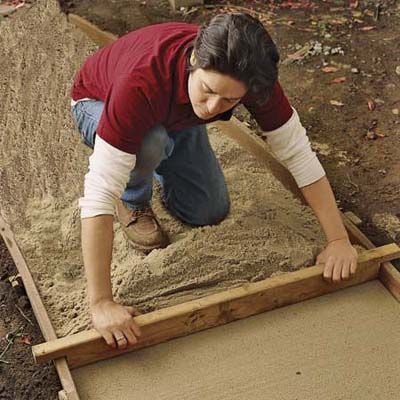
Don’t overlook your wood scraps when starting a landscaping project—use a piece of flooring to level soil or sand when creating a brick path or patio.
Here’s how to use a flooring scrap for this purpose:
- Prepare your project area by removing grass and loosening the soil.
- Add a layer of sand or fine gravel as a base.
- Take a piece of flooring with the tongue intact.
- Hold the flooring piece with the tongue side down.
- Drag the flooring across the surface to evenly distribute and level the sand or soil.
- Use a level to check for any high or low spots and adjust as needed.
With this technique, you’ll have a smooth, even base for outdoor hardscaping projects.
